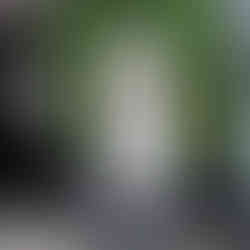🧭 Forgotten Glass, Honest Vision: The Nikkor 35–135mm f/3.5–4.5
- Ian Miller

- Aug 15
- 2 min read
There’s a quiet satisfaction in rediscovering a lens that most have written off. The Nikkor 35–135mm f/3.5–4.5 isn’t sharp wide open. It’s not fast, not weather-sealed, and not particularly sought after. But for $45 USD, it offers something more valuable than specs: honest rendering, deliberate control, and a reminder that enough is often plenty.
🔍 First Impressions: Softness with Soul
Wide open, especially at 135mm, it’s soft. Not unusable—just gentle. There’s a slight haze that can be tamed with a touch of clarity and contrast in post. Stop it down to f/8 and it sharpens up nicely, especially in the mid-range (50–85mm). It’s not a lens for pixel peepers, but it’s not trying to be.
Build: Solid, with a push-pull zoom that encourages intentional framing.
Color: Slightly muted, with a natural roll-off in highlights.
Rendering: Vintage, with a touch of glow—especially in backlight.
Distortion: Present at 35mm, but manageable.
Macro mode: A quirky bonus at 135mm, useful for detail shots in a pinch.

🎯 Why It Works—for Me
I shoot with presence, not perfection. This lens fits that rhythm. It slows me down. It asks me to see deliberately, to anticipate rather than react. On a D700 or D3, it balances well and delivers files that respond beautifully to subtle post-processing. On a Fuji X-E2 with adapter, it becomes a 50–200mm equivalent—tight, but useful for discreet street work or layered documentary scenes.
What I love most is that it doesn’t flatter. It reveals. Faces aren’t airbrushed, edges aren’t clinically sharp. There’s room for emotion, for ambiguity, for the kind of storytelling that values truth over polish.
🛠️ Post-Processing Tips
Clarity: +10 to +20 in Lightroom helps tame the softness.
Contrast: A gentle S-curve restores depth without crushing shadows.
Color grading: Slight warmth and desaturation evoke a timeless feel.
Sharpening: Local sharpening (eyes, textures) works better than global.
💬 Final Thoughts: Enoughness in a $45 Lens
This lens won’t win awards. But it might win your trust. It’s imperfect, yes—but in a way that invites collaboration. You don’t just shoot with it; you work with it. And in that process, you rediscover something essential: that gear is a partner, not a savior. That seeing well matters more than shooting wide open. That sometimes, forgotten glass can help you remember what matters.



































Comments